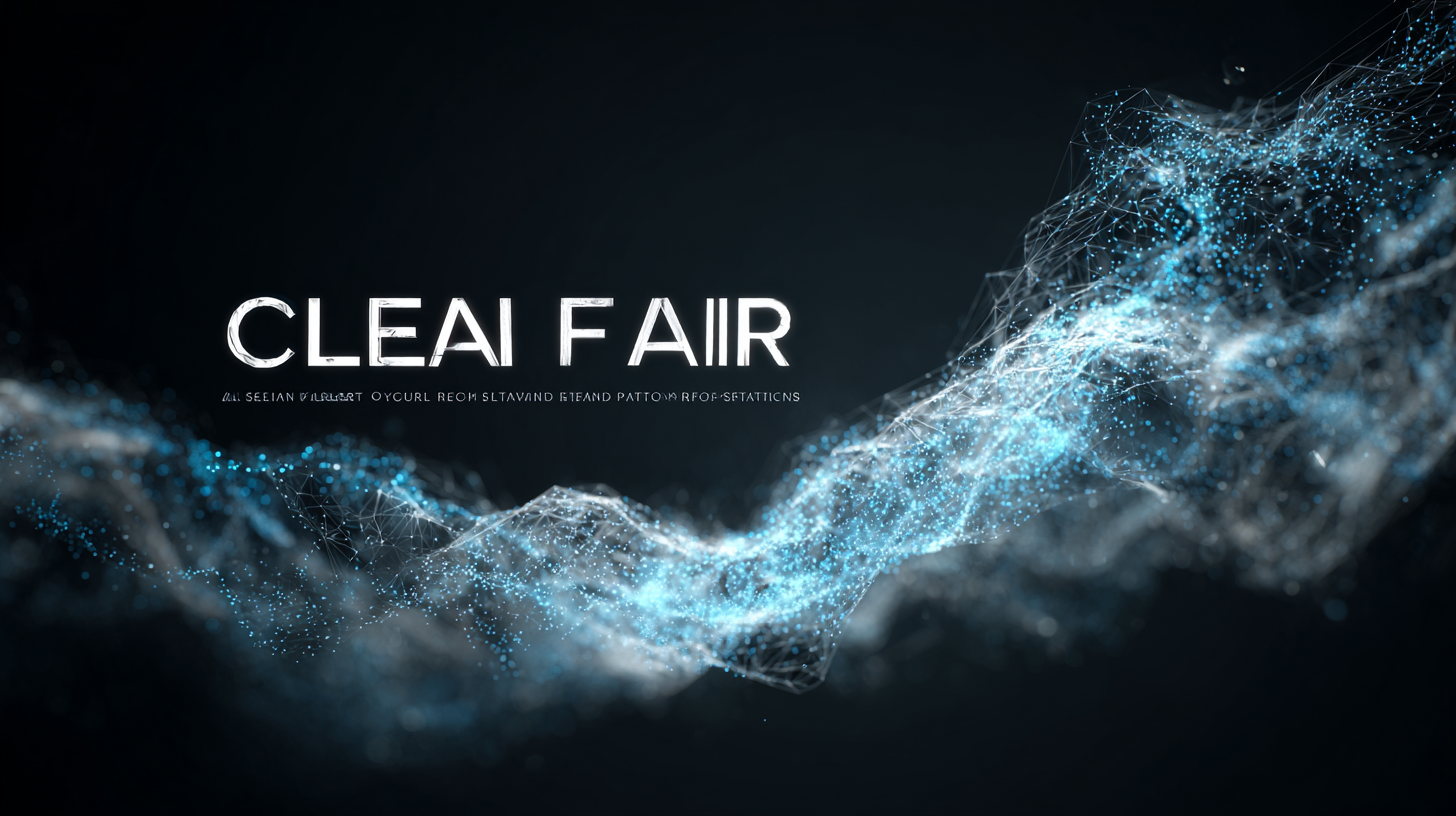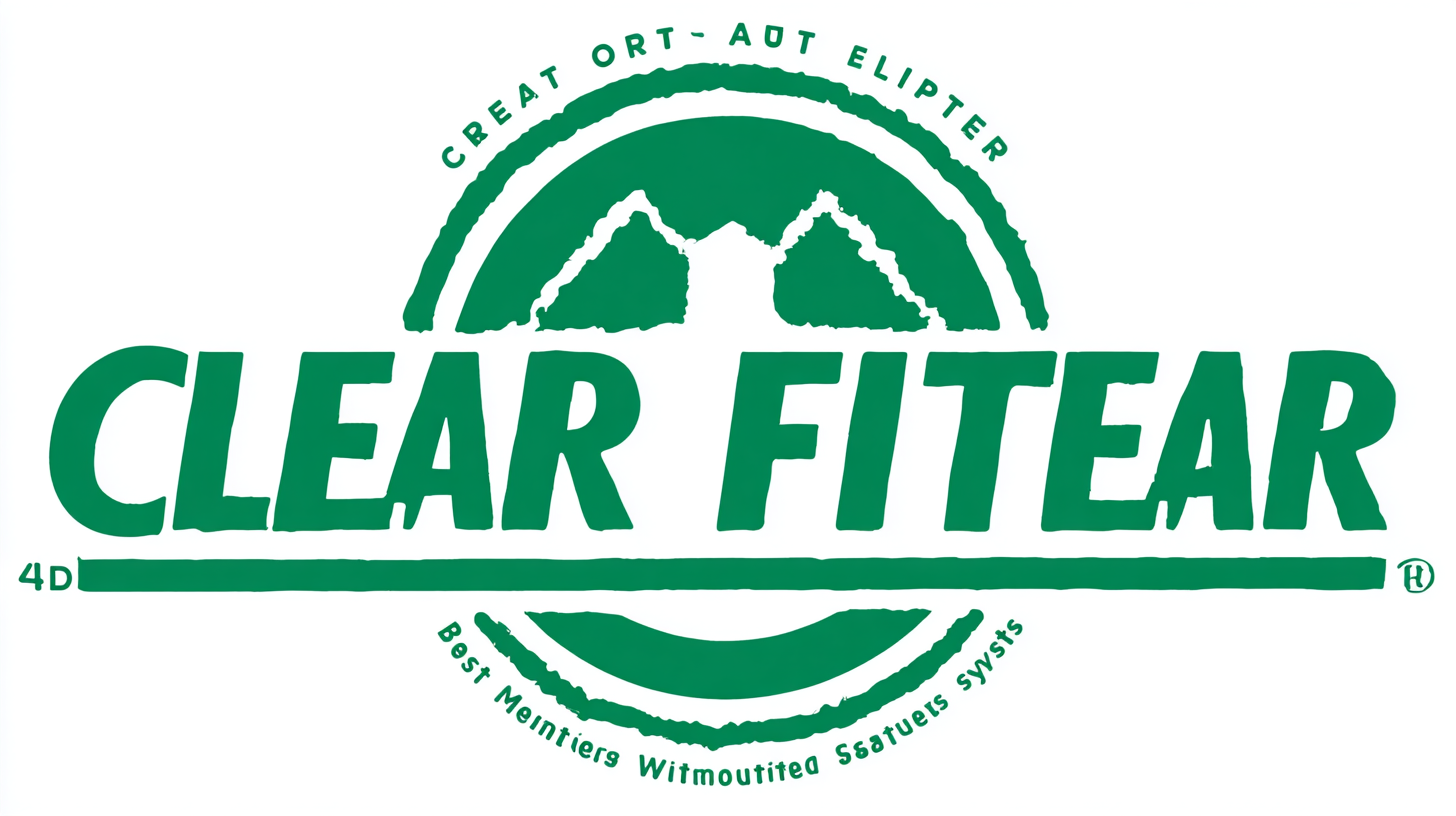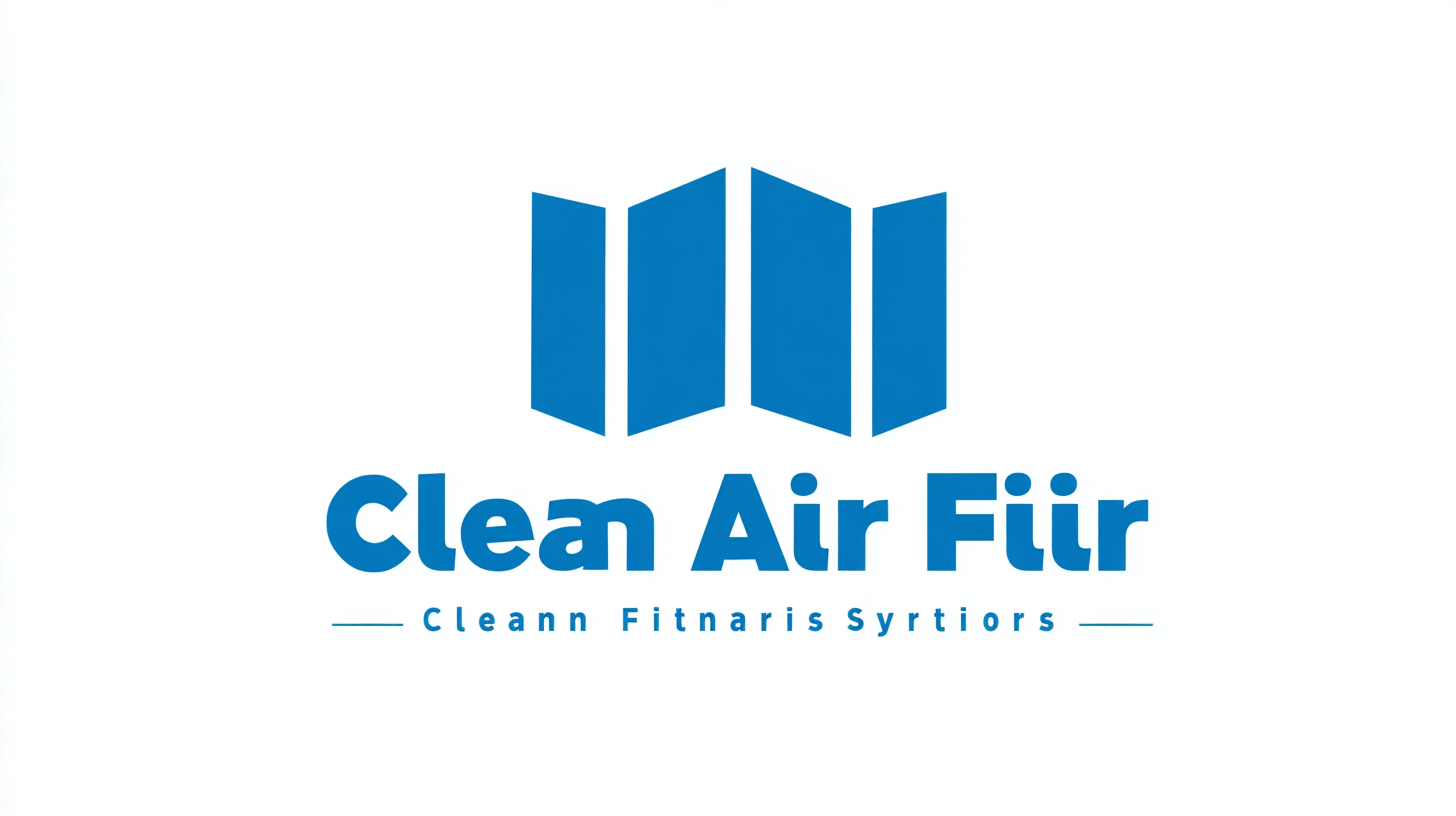
How to Maximize After-Sales Support and Minimize Repair Costs for Best Clean Air Filtration Systems
In the rapidly evolving landscape of Clean Air Filtration, industry experts predict significant advancements and increased demand driven by growing environmental concerns and regulatory frameworks. According to a recent report by MarketsandMarkets, the global air purification market is projected to reach $29.89 billion by 2025, reflecting a CAGR of 10.3% from 2020 to 2025. As businesses strive to enhance their after-sales support and minimize repair costs, it becomes crucial to adopt proactive strategies that not only ensure optimal performance of filtration systems but also align with the sustainability goals of organizations. Ensuring effective post-purchase engagement can lead to increased customer satisfaction, reducing long-term costs associated with maintenance and repairs. This blog will explore actionable insights and best practices to maximize after-sales support while minimizing repair expenses for top-tier Clean Air Filtration systems in a forward-looking market.

Strategies for Enhancing After-Sales Support in Air Filtration Systems
When it comes to air filtration systems, robust after-sales support is crucial for maintaining optimal performance and minimizing repair costs. One effective strategy is to offer comprehensive training for customers on proper system operation and maintenance. By equipping users with the necessary skills to identify issues early, you can greatly reduce the likelihood of significant repairs.
Tips: Create detailed user manuals and instructional videos that cover routine checks and common troubleshooting steps. Encourage proactive communication, allowing customers to reach out for help before small issues escalate.
Another strategy is to implement a dedicated after-sales support team that specializes in air filtration systems. This team should be easily accessible and responsive to customer inquiries. Establishing a feedback loop allows you to gather valuable insights about common problems faced by users, which can inform future product improvements and customer service enhancements.
Tips: Utilize customer relationship management software to track inquiries and follow-up interactions. Consider setting up a FAQ page based on frequently asked questions to streamline the support process.
Integrating Quality Assurance in Manufacturing for Cost-Effective Repairs
 Integrating quality assurance in the manufacturing process of clean air filtration systems is essential for minimizing repair costs and enhancing after-sales support. By implementing rigorous quality control measures at every stage of production, manufacturers can identify and rectify defects before they reach consumers. This proactive approach not only reduces the likelihood of system failures but also ensures that each unit performs optimally, ultimately leading to greater customer satisfaction.
Integrating quality assurance in the manufacturing process of clean air filtration systems is essential for minimizing repair costs and enhancing after-sales support. By implementing rigorous quality control measures at every stage of production, manufacturers can identify and rectify defects before they reach consumers. This proactive approach not only reduces the likelihood of system failures but also ensures that each unit performs optimally, ultimately leading to greater customer satisfaction.
Additionally, ongoing training and development of manufacturing staff, coupled with investment in advanced technology, can further bolster quality assurance efforts. By equipping teams with the latest tools and practices, companies can enhance their ability to produce reliable filtration systems. Furthermore, establishing a feedback loop that incorporates insights from the after-sales support team can help manufacturers understand common issues faced by customers, allowing them to make informed adjustments to their production processes. Through these strategies, the synergy between quality assurance and effective repair management can significantly reduce operational costs while promoting a culture of excellence in the competitive clean air solutions market.
Leveraging Technology for Efficient Maintenance and Support Services
In today's competitive market, leveraging technology for efficient maintenance and support services is critical for maximizing after-sales support and minimizing repair costs, particularly in the clean air filtration industry. According to a report by Grand View Research, the global air filtration market is projected to reach $20.28 billion by 2025, underscoring the growing demand for high-quality filtration systems. Adopting predictive maintenance technology can significantly enhance the reliability of these systems. By utilizing IoT sensors and data analytics, companies can monitor filter performance in real-time, allowing for proactive maintenance that can reduce downtime by up to 25%.

Furthermore, implementing cloud-based support platforms can streamline communication between manufacturers and customers. Research from McKinsey highlights that companies utilizing digital support channels can improve their customer satisfaction ratings by 15-20%, while also reducing service costs by more than 30%. This technology not only facilitates quicker responses to support requests but also enables companies to collect valuable data on common issues, tailoring their offerings to meet customer needs more effectively. As the clean air filtration systems market continues to evolve, embracing technological advancements will be key to enhancing after-sales support and ensuring long-term customer loyalty.
Building a Customer-Centric Approach for After-Sales Engagement
Building a customer-centric approach for after-sales engagement is crucial in the clean air filtration systems industry. By prioritizing customer needs and experiences, businesses can significantly enhance satisfaction and loyalty. Engaging customers post-purchase—through follow-up calls, feedback surveys, and dedicated support channels—ensures that they feel valued and heard. This proactive approach not only helps identify potential issues before they escalate but also fosters a positive relationship that encourages customer retention and word-of-mouth referrals.
Furthermore, providing comprehensive after-sales support can lead to a reduction in repair costs over time. By offering educational resources and maintenance tips, companies empower customers to take care of their filtration systems. This not only increases the product lifespan but also minimizes the frequency and severity of repairs needed. An informed customer base is less likely to encounter significant problems, which can translate into lower operational costs and higher profit margins for businesses. Investing in customer-centric after-sales strategies is not just beneficial for the clients but also essential for the sustained growth and success of companies in the competitive air filtration market.
Maximizing After-Sales Support and Minimizing Repair Costs
Evaluating Global Trends in Air Filtration System Standards and Practices
In recent years, air filtration standards have evolved as global awareness of air quality issues rises. According to a report by the World Health Organization, nearly 90% of people worldwide are exposed to unhealthy levels of air pollution, which has driven the adoption of advanced filtration systems across various industries. Evaluating these trends is crucial for manufacturers seeking to enhance their after-sales support and reduce repair costs.
Tip: Stay updated on the latest standards from organizations like ASHRAE and ISO, which regularly revise guidelines for air filtration efficiency. Implementing these standards not only ensures product compliance but also enhances customer satisfaction.
Furthermore, investing in technology that integrates monitoring and predictive maintenance can significantly lower repair expenses. A study by Research and Markets indicates that predictive maintenance can reduce maintenance costs by up to 30%. By applying data analytics and IoT technologies, businesses can proactively address potential issues before they escalate.
Tip: Encourage customers to participate in regular maintenance checks. This proactive approach can extend the lifespan of air filtration systems, minimize downtime, and ultimately lower overall repair costs.
How to Maximize After-Sales Support and Minimize Repair Costs for Best Clean Air Filtration Systems - Evaluating Global Trends in Air Filtration System Standards and Practices
| Region | Standard Compliance Level | Average Repair Cost ($) | After-Sales Support Rating (1-5) | Common Issues Reported |
|---|---|---|---|---|
| North America | High | 150 | 4.5 | Filter Replacement, Noise Issues |
| Europe | Medium | 200 | 4.0 | Leakage, Sensor Failure |
| Asia-Pacific | Low | 250 | 3.5 | Capacity Overload, Dirt Accumulation |
| Latin America | Medium | 220 | 4.0 | Motor Failure, Filter Clogging |
| Middle East & Africa | Low | 300 | 3.0 | Power Supply Issues, Frequent Repairs |
